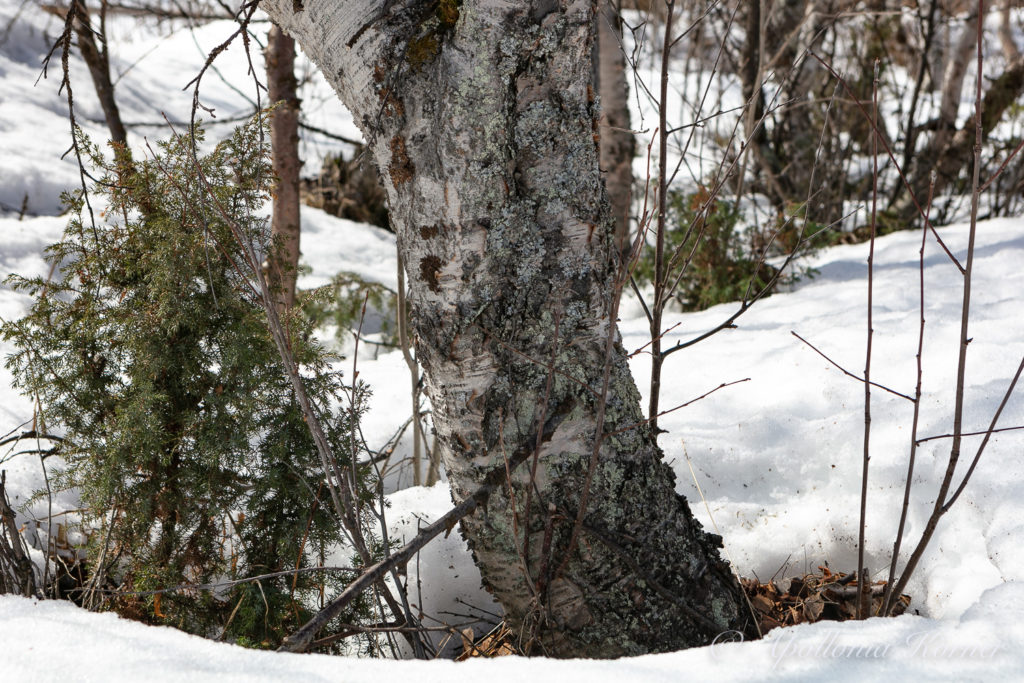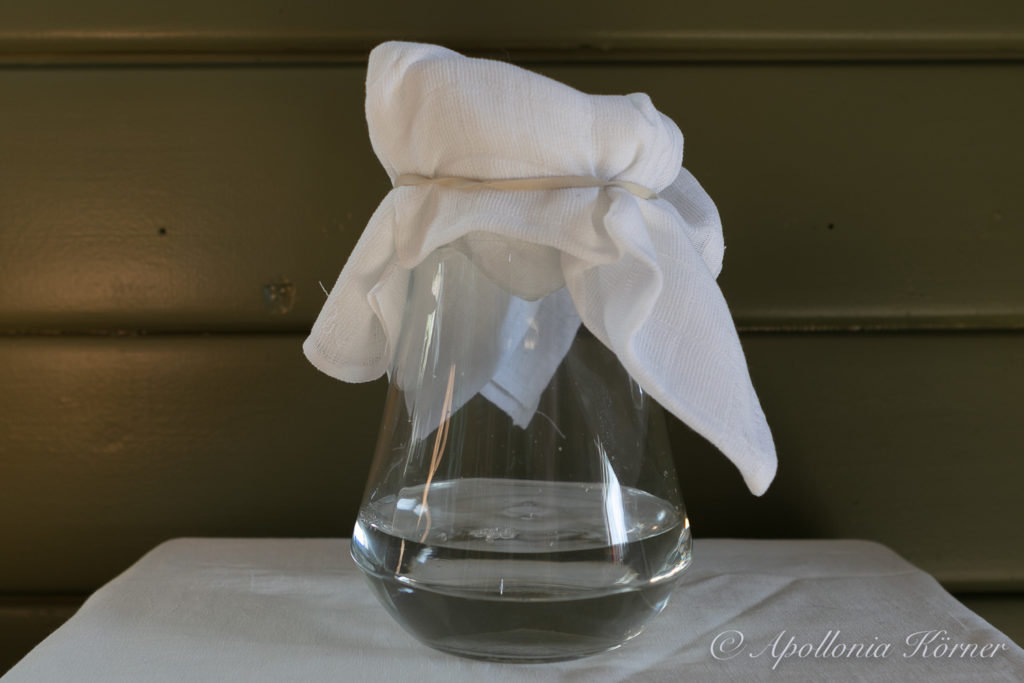There is no other tree that represents spring time better than the birch tree with its bright bark and slender appearance. The birch tree is a tree of life compared to the willow who stands for the death. And already in Celtic culture, the birch tree was seen as a tree of a new beginning. Maybe that’s because the birch tree is one of the first ones in spring from which we can get nourishment from. We can tap birch trees for their birch sap long before the first leaves come out and long before other plants are sprouting.
Birch sap is full of vital minerals and micronutrients like magnesium, potassium, calcium, zinc, iron, phosphor, sodium as well as amino acids, proteins and vitamin C. Therefore, birch sap is supposed to be good for your health and help against sicknesses like rheumatism, gout, kidney disease and fluid retention in your body. But birch sap is also supposed to be good for your beauty. Already the Teutons knew about that and praised the birch sap as a beauty drink.
Whether the birch sap helps more for my beauty or for my health is not so important for me. I am just curious how it tastes. And since birch trees are one of the few tree species growing here in the north, I decided to tap a birch tree this spring. Moreover, it isn’t too complicated. You just need a couple of things, besides from a suitable tree.
- a battery-driven drilling machine and a drill
- a food-safe plastic tube
- a container for the sap
- a cloth for covering the container (optional)
Choosing the Tree
The tree should have a diameter of at least twenty-five centimetres. Therefore, it wasn’t easy for me to find a suitable tree because, due to the cold climate, the trees are growing quite slowly in the north and they never become as thick as I am used to from Germany. Although most of the birch trees around the house are already thirty years old, they are still too thin for tapping. But I finally found a suitable tree close to the edge of the forest.
It is quite difficult to find the right time for harvesting the birch sap. On one hand, the frost in the ground should be gone and, on the other hand, the birch tree should not yet have any leaves. As soon as the tiny sticky leaves turn up, the birch sap loses its flavour and becomes murky. But if you’re in doubt if it is the right time or not, you can go to an ant hill in the forest. An old saying says that the time is right for tapping the trees as soon as the ants come out of the ant hill at the end of winter.
Tapping of the Tree
I drilled approximately three to five centimetres into the tree, put one end of the plastic tube into the hole and the other end into a canister. That’s it.
The birch sap began to flow immediately. I left the canister for one day with the tree and the next day I had one-and-a-half liter of birch sap.
In order to remove some minor contaminations, I filtered the birch sap through a cloth. The sap is clear like water and it also tastes almost like water. But somehow it tastes also a bit softer like water. Moreover, the birch sap isn’t as sweet as I had expected it.
Birch sap starts quite quickly fermenting, but it can be kept in the fridge for one week. Don’t forget to close the hole in the tree after you’re done. And you should wait for two years before you tap the same tree again. Saying a thanksgiving to the tree for the precious gift you got from him might be a good idea as well.
Sources:
- IS Ahtonen, H Kallio: Identification and seasonal variation of amino acids in birch sap used for syrup production. In: Food Chemistry. 33, Nr. 2, 1989, S. 125–132
- Fischer-Rizzi, Susanne, (2007): Blätter von Bäumen. Heilkraft und Mythos einheimischer Bäume. AT Verlag, S. 24-30
- https://kundoc.com/pdf-identification-and-seasonal-variations-of-amino-acids-in-birch-sap-used-for-syru.html
- https://www.gesundheit.de/ernaehrung/richtig-trinken/trinken-und-gesundheit/birkenwasser




